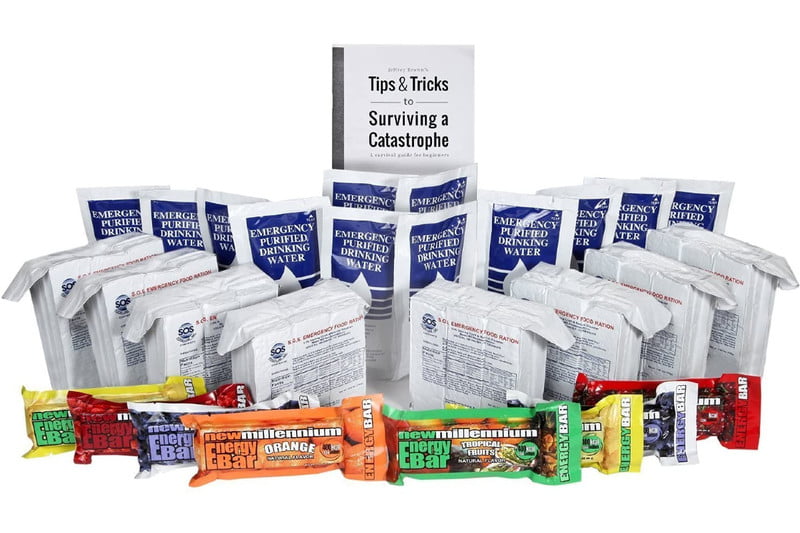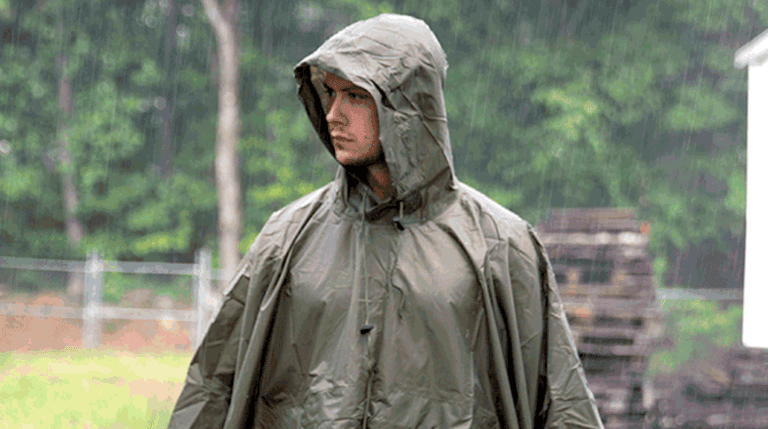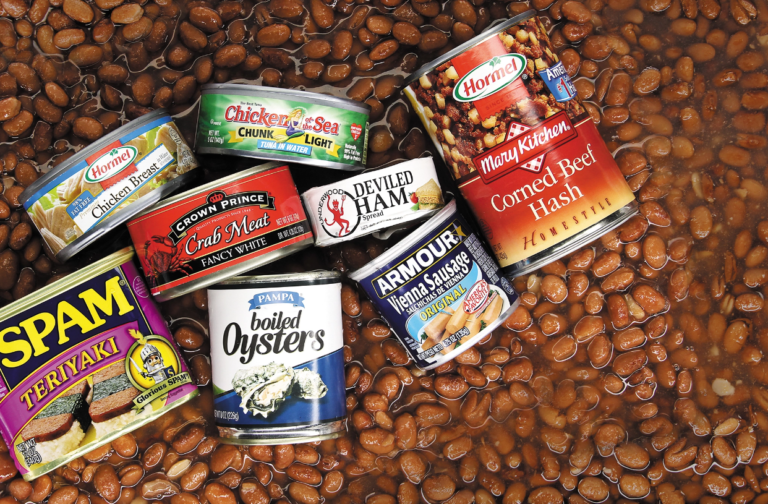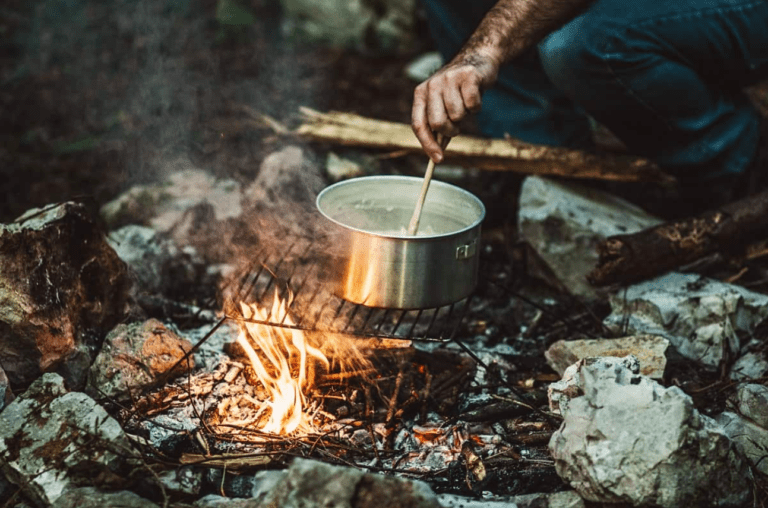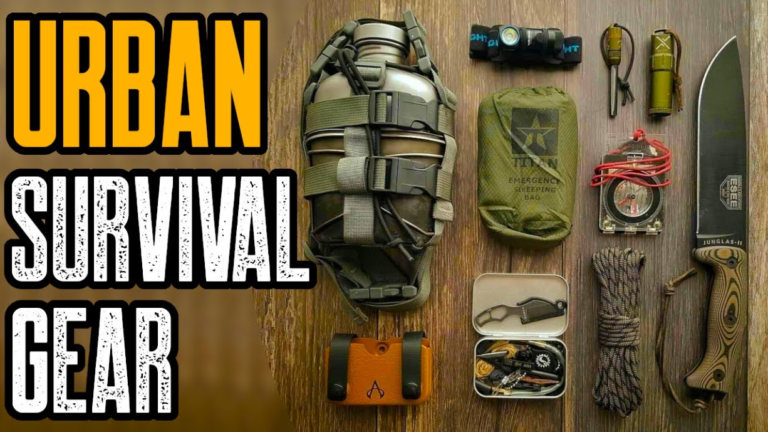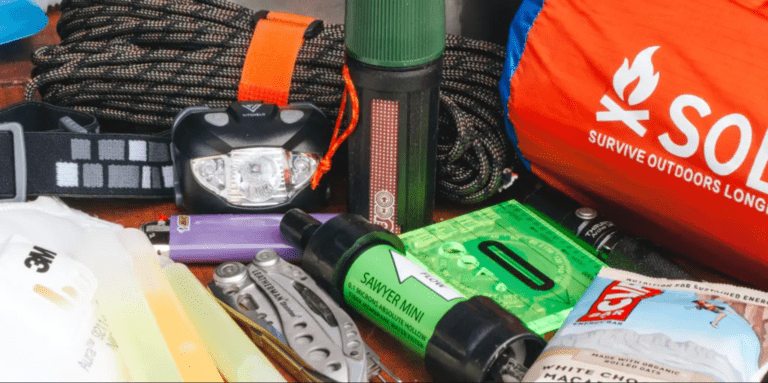The 9 Best Survival Food Kits
Leftover food kits are essential to avoid the munchies so you can continue on your adventure. Whether you’re a doomsday prepper waiting to bring your Fallout: New Vegas visions to life or just trying to keep your home ready for those occasional emergencies, stocking kits like It never hurts to do. But there’s a lot to sift through, and it can be hard to decide which food kits are right for you. Craving a box of MREs for a picnic in the woods or a variety of home-cooked meals for the whole family? Allow us to help.
Enter our guide to the best survival food kits on the market today, with options for every palate. We’ve worked to combine rigorous research and real-life experiences to deliver this collection of almost every meal kit for every need. Scroll on and happy shopping.
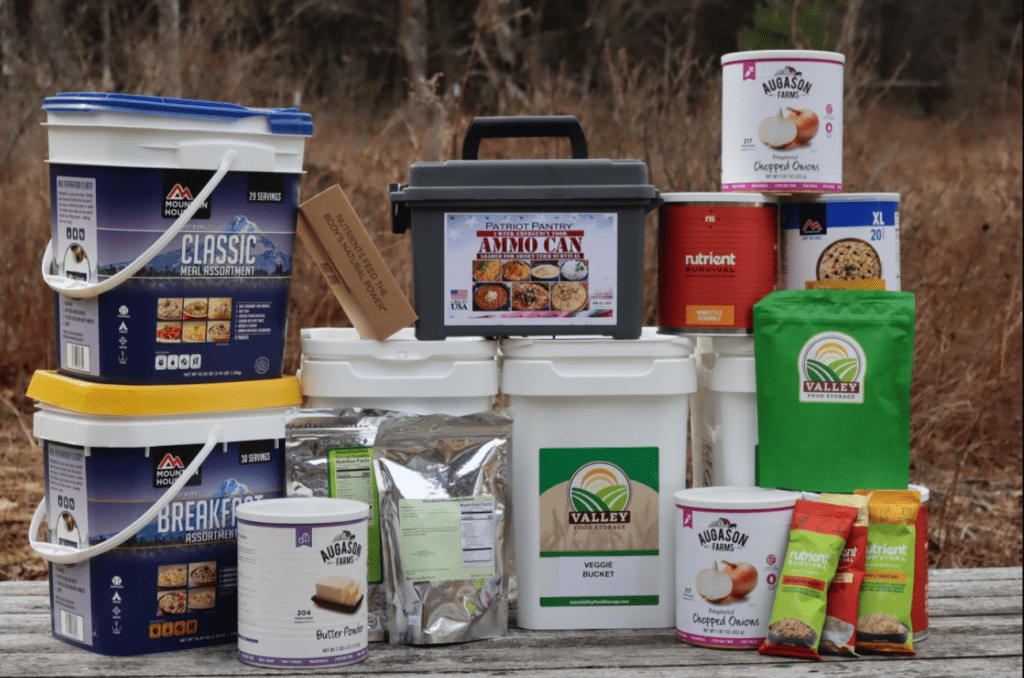
Procedures
While all of these items can be purchased online through retail companies or company websites, few were available for me to sample in person. As current US service members, I’m no stranger to MREs, and I’m sure everyone here is no stranger to good old reliable instant noodles either. However, brands like Pack Refuel and Mountain House were available for in-store purchase at my local REI. I bought four individual pouches featured in their bulk kits, one entree and one snack from each brand, to sample the taste, texture and ease of preparation of each. Items I couldn’t get my hands on in time or haven’t personally tried were reviewed through our usual research-based methods of digging through expert data and real-life consumer feedback.
As journalists and fellow adventurers, it’s in our best interest to provide highly informative yet honest reviews on every buyer’s guide. Who knows if it might be close friends or even writers themselves who will have to consult one day. While it’s not always possible to sample every item imaginable in every survival food kit, that doesn’t stop us from providing the brevity you need. We combine our real-world experiences with long, tedious research, deep dives into expert and peer opinion and, most importantly, consumer opinion. The best food kits will be the most readily available — meaning not currently sold — the easiest to prepare, and the best-tasting batches with real consumer confidence to boot.
Typically referring to a single, central source such as an encyclopedia, the wide range of products in this niche calls for a wide range of input from retailers such as Amazon, Valley Food Storage, and My Patriot Supply. I myself have purchased a handful of individual food packets available at stores like REI and added them to survival food kits to better understand the subtle differences between the brands. I’ll note which ones I’ve personally tried in the product blurbs.
Types of Survival Food Kits

MRE
A personal favorite, military-style MREs are quick, grab-and-go meals that you can eat without any preparation. Emphasize each word in the acronym: ready-to-eat food. These are complete, multi-course meals bundled in airtight bags. Drink mix, a side or two, and some sort of dessert are the norm, and entrees are almost never frozen. For use on battlefields and by service members on long trips, food can be served cold or hot via a water-powered heater bag.
These are not as common as simple survival meal kits, and their prices reflect that ordering a dozen surplus MREs can cost around $200. On top of that, their preservation methods mean they are much more sensitive to conditions than some bags of freeze-dried goods. Store them somewhere dry and cool, preferably below 75 to 80 degrees Fahrenheit to maximize their relatively short shelf life.
Freeze-dried
This is the method by which most—but not all—survival food kits are made, and for good reason. It is the most convenient and reliable way to store food while being easy to prepare and without losing all the flavor and nutrients. This process attracts food from dehydration and spoilage microorganisms to retain moisture.
Some foods such as fruit can be eaten as is, and almost all freeze-dried foods can be rehydrated with some time in water. Hot meals only need to be soaked in boiling water for 9 to 10 minutes before being ready to eat, and the texture of the meat and noodles is then comparable to the home-cooked versions of the same dishes.
Long-term emergency provision
These will be your supplies specifically designed to feed a family for months and even years. Shipped in large buckets, multiple buckets, or even entire boxes, these emergency food supplies won’t exactly be a choice for shoppers looking for camp grub or an “I’m too lazy to cook tonight” solution. These are for real producers and are preferred to be stockpiled for the next food shortage or global crisis. Containers can contain thousands of servings and tens of thousands of calories depending on the intended serving.
As expected, these will often be the most expensive and cumbersome to store. Kits for months are expected to reach a few hundred dollars, where a year’s supply could stretch into the thousands. Keep a good place for all that grub, preferably somewhere cool and dry to prolong shelf life.
Key Features of Survival Food Kits
Calorie count
Survival diets come in a wide range of calories to suit different goals and lifestyles. Many freeze-dried meals designed for casual camping and hiking can offer less than 600 calories per pouch, or around 300 calories per serving – enough to get you through an afternoon of leisurely walking or lounging around the house. Enough for, but not so much if there is. have to work.
Military MREs and some premium survival foods are aimed at more active consumers who need an intense energy boost, so it makes sense that they would be higher than a thousand calories. Most MREs sit between 1,200 and 1,300 calories, and some specialty energy bars can be much higher. What’s best for you depends on your lifestyle and nutritional goals with this type of food. For anything you plan on taking on a serious adventure, we recommend leaning toward the heavier side.
How to save
Think about how this food is preserved and preserved. Is it just dehydration? Or does it undergo the more complex and quality-preserving process of freeze-drying? The food may just be soaking in a sodium-rich sauce and sealed in a vacuum-sealed bag. Almost all of these methods will prolong eating for some time, but some methods do it better than others.
Freeze drying brings the food to a lower temperature before removing the ice. It removes moisture without damaging the food and makes it easier to rehydrate than dehydration which uses heat to evaporate the moisture. Cheap foods like instant ramen rely on sodium and artificial preservatives, which can lead to cardiovascular problems if consumed in excess. MREs, in most cases stored in airtight, vacuum-sealed bags despite being moist, still have a shorter shelf life than freeze-drying and require optimal conditions to prevent spoilage. Is.
Method of preparation
How is this food prepared for consumption? As with almost everything else on this list and their related products, the most they ask for is to rehydrate in boiling water for about 10 minutes. Some breakfast items like granola require a splash of cold water to mix with powdered milk before it’s ready to stir. The fruit can be eaten as is or rehydrated in water if desired.
Being a versatile, anytime meal, MREs can be eaten hot or cold. The heater bag can be used to heat the interior and some sides and only needs a few minutes to reach the rising temperature. The common theme here is that almost everything is quick and easy. You just need to find water.
The 9 Best Survival Food Kits
The 9 best survival food kits are as follows:
1. Valley Food Storage
Valley Food Storage features simple, non-GMO foods without artificial ingredients while still having an impressive 25-year shelf life. Their meal kits come in waterproof, resealable buckets and range from 175 servings to an apocalypse-worthy 4,200 servings. Because Valley Food Storage uses real, clean ingredients you won’t find anything on their labels that you can’t pronounce. They offer soy-free, dairy-free, gluten-free, and vegetarian options that aren’t loaded with sugar and sodium. Their 175-serving kit contains 23,600 calories to last about two weeks if you eat about 2,000 calories a day.
2. Best Survival Food Kits Mountain House
If you’ve ever gone backpacking or camping, you’re probably familiar with the Mountain House. These dehydrated meals are easy to make (just add hot water) and come with a 30-year taste guarantee, so you can pack them away and feel comfortable knowing they’re ready in case of an emergency. If so, they are there. A classic bucket contains 24 servings (about 6,000 calories), which should be enough to get you through the weekend. They have no artificial flavors, no artificial colors, and five different foods that lend some variety to your dining experience. This kit is great to have on hand for short-term survival or if you don’t have time to swing by REI before a camping trip this weekend.
3. Ready Wise Emergency Food Supply
Ready Wise Food Kits also come in a reusable bucket and are ready by simply adding hot water. They have a shelf life of 25 years and are made in the USA. The best thing about Ready Wise is that their kit includes a variety of foods. Their Emergency Fit Kit includes 13 different meals including Cheesy Lasagna, Southwestern Beans and Rice, and Hearty Tortilla Soup. They also offer fruit and vegetable buckets to ensure you’re getting plenty of vitamins, minerals and fiber in your diet.
4. Best survival food kits nutrition
Nutrient Survival is designed to meet the nutritional standards of the US Armed Forces and provides “exclusive ops-grade nutrition”. Unlike previous kits, Survival Nutrients doesn’t come pre-packaged with an assortment of different foods. Instead, they come in large cans with 10 servings per can. They have a 25-year shelf life, are made in the USA, and are ready in minutes by adding water. Best of all, they serve chocolate chip cookies. I mean, who doesn’t want a chocolate chip cookie in a disaster scenario?
5. Best Survival Food Kits SOS Ration Lab
For the on-the-go survivor who wants to keep weight low and minimal, check out the S.O.S. Rations These calorie-dense foods and energy bars require no cooking, no additional water, and actually have great reviews for taste. Better than you can imagine for a calorie-dense food bar. The kit also includes water and a survival guide, both of which are extremely useful in an emergency. Since this kit offers less variety than some of the others on our list, I’m not sure how good it will be for long-term survival, but it would be perfect for a go-bag or car kit.
6. Harmony House Dehydrated Vegetable Sampler
Beef Stroganoff, Chicken Teriyaki; One thing about meal kits is that they are not the most vegetarian friendly. That’s why I’ve included a sample of Harmony House Dehydrated Vegetables. This is a great option for those who don’t eat meat or those who want to add some more vegetables to their diet. They come in resealable zip pouches, perfect for adjusting the serving size to your liking and storing the rest for later. They are also non-GMO, gluten free and kosher. At only $55, this sampler would be great to pair with one of the other kits on the list for added variety and nutrients.
7. Best survival food kits mre sampler
If you’ve never had an MRE you should get this pack just to check them out. I first got them when I was in Boy Scouts as a kid. What impressed me at the time was how much you got in each pack. You get an entrée, a starch, a snack, and a dessert. You also get their accessory pack which includes salt and pepper, instant coffee, a wet napkin, red pepper flakes and a toothpick. These meals also cook in a special pouch that heats up when water is added, meaning you can have hot meals on the go without a stove. The downside is more packaging and added cost. They’re worth a try at least once, though, and they have the most calories per serving of any kit on the list.
8. Best Survival Food Kits Legacy Kits
If you’re looking for the best price-per-pound ratio, check out Legacy Food Storage. Like the other kits on our list, they’re made in the USA, have a 25-year shelf life, are free of GMOs, and offer options for those with dietary restrictions. They also have a wide variety of food, which is great for getting one kitted out for the long term and are well-reviewed when it comes to taste.
Survival Stock Food Supply: 240 Large Servings – 62 lbs. – Long Term Emergency Freeze Dried Food – 25 Year Shelf-Life Wise Disaster Preparedness
9. The best survival food kits are Augson Farms
Augason Farms is another reusable bucket meal kit that offers a reasonable number of calories and protein per day. They have a variety of food choices and a long shelf life. Where they score well is on price, falling far below other options. That said, you get what you pay for, and this kit has less flavor than others. For college students and others on a budget, this may be the cut for you.
What to Look for in a Survival Food Kit
- Serving size
One of the most important things to look for in a survival food kit is serving size, because you need to make sure you have enough food for yourself and anyone else, you’re trying to feed. A three-day survival kit should be enough for most disasters, but if you’re in an area that’s prone to disasters, say Elizabeth Andres, Ph.D., and Judy Harrison, Ph.D., University of Georgia professors and Extension food safety specialists. Where you know the power goes out. Closed for a longer period, a two-week supply is more reasonable. Whatever you choose, “plan your meals so that you have at least one well-balanced meal each day,” he says.
Keep in mind that a serving size does not always equate to the number of foods in a kit. For example, a three-day kit for one person might have 18 servings, but only nine meals. This is intentional, as you often need more calories and protein in survival situations.
- Shelf life
Another thing to consider is shelf life. Most food kits that are designated for survival have a shelf life of 20 to 30 years, but make sure you double check. Freeze-dried foods have the longest shelf life, while canned and vacuum-sealed foods don’t last as long. You can still store these items separately, but you will need to monitor expiration dates and replace them with fresh food when appropriate.
- Method of preparation
The method of preparation is also very important, because if you don’t have electricity or water supply, you have to be able to actually eat the food. Most food kits call for just adding water to freeze-dried foods, but some kits require boiling water, while others work with room temperature water. If you have a camping stove and plenty of gas, you can get away with boiling water if your power goes out, but if you don’t, you can use the simplest methods of preparation instead. Must be adopted.
In any case, Reddy, a national public service campaigner dedicated to disaster relief, says you should consider using alternative means of cooking, such as candles, chafing dishes, fondue pots, and/or emergency water heaters. You can use the fireplace. So, last but not least, make sure you have plenty of extra water on hand.
Frequently Asked Questions
How much do you need to eat?
The American Red Cross recommends that you have a three-day supply for possible evacuation situations and a two-week supply for household use.6
In other words, for situations where you are stuck with a power outage or other similar emergency, you should have enough food to feed everyone in your household three meals a day for two weeks. can feed If you have to move due to a natural disaster or something similar, you should have enough food to take with you on the road to feed each person for three days. can be fed
Which foods have the longest shelf life?
Most survival food kits are made from dehydrated foods and/or freeze-dried foods, which have the longest shelf life. This type of food can last 20 to 30 years if sealed and stored properly. According to the USDA, not all canned foods are considered shelf stable. They typically have a shelf life of one to two years, 1 so while canned foods in your pantry can certainly help in an emergency, you shouldn’t stock them in a food survival kit.
How do you store survival food?
Most survival food kits come in sealed pouches with oxygen absorbers to extend their shelf life, but still need to be protected from the elements: excessive heat, moisture, air and light. Exact storage instructions may vary depending on which kit you buy (be sure to read the storage instructions carefully), but Augson Farms, one of the leading survival food kit companies, recommends Store your survival food kit in a cool, dry, dark place. Stays between 55- and 70-degrees Fahrenheit. This means keeping your kit out of the basement and/or attic, unless these areas are temperature and humidity compatible.
What else do you need?
In addition to food, Andres and Harrison recommend including water, personal hygiene items, flashlights, blankets, and other essential items, such as a first aid kit and backup medications, in any survival kit.
It’s also important to make sure you have everything you need to prepare and eat your food, such as scissors or a knife to cut open pouches, disposable utensils, and a grill if you need to cook. Or a camping stove. Most food survival kits include dehydrated food that you need to add boiling water to. Because of this, it’s wise to have extra water and a pot to boil on hand.
The CDC recommends storing at least one gallon of water per person per day in your home for three days. 7 A two-week supply is even better, if possible, and keep in mind that sick or pregnant people will need more, as will hot weather.
Why rely on spruce food?
Lindsay Boyers is a certified functional nutritionist with an extensive background in nutrition science and recipe development. With over 12 years of experience in research, including understanding research, he is able to provide authoritative recommendations for products ranging from survival food kits to gluten-free pasta.
